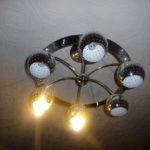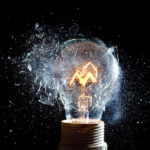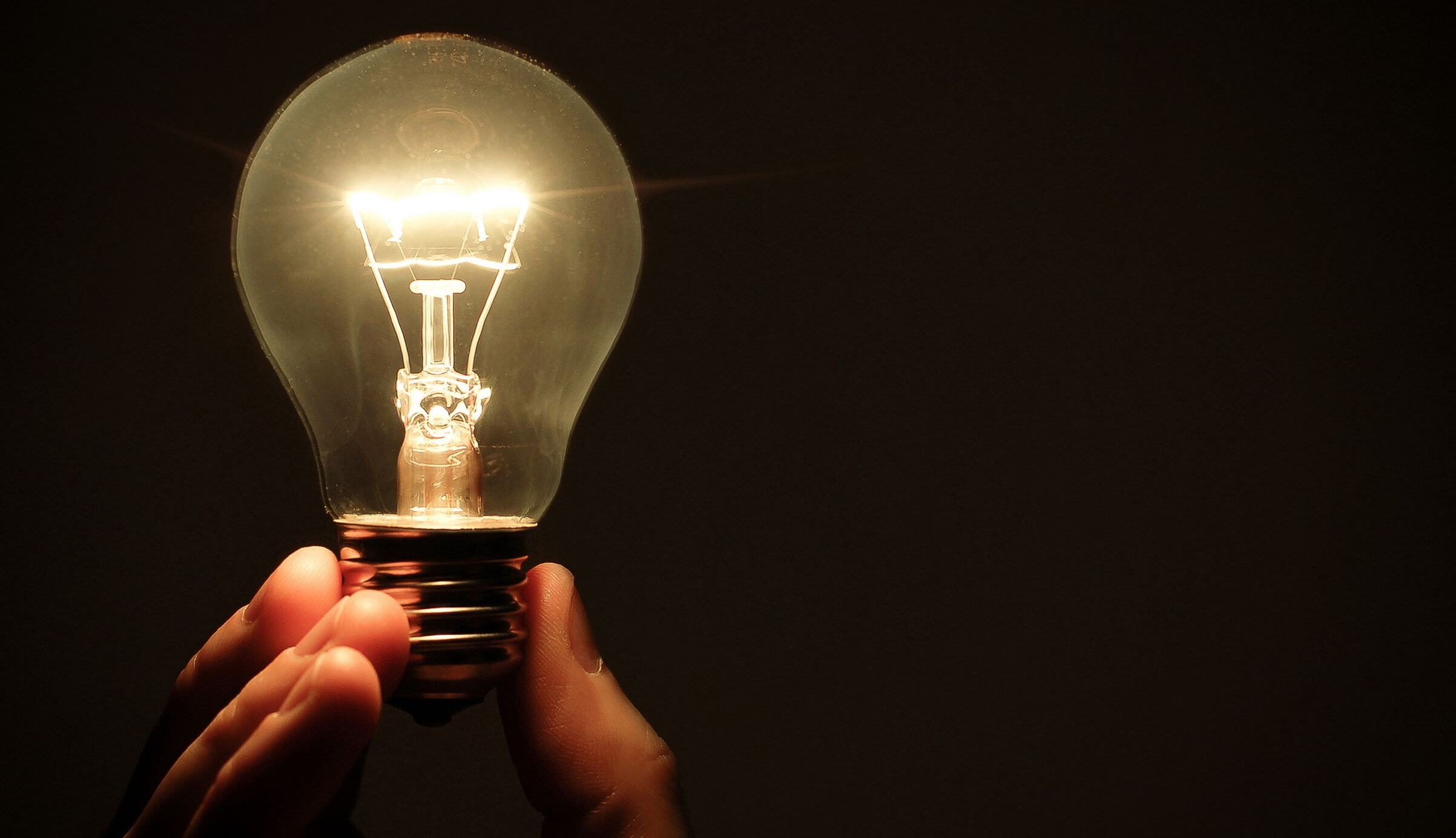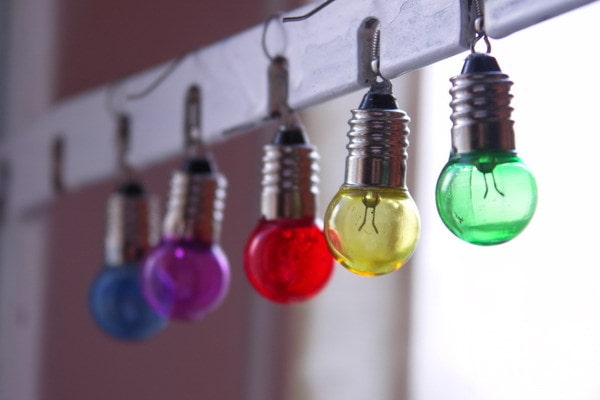Why do LED lights blink?
Every day people are switching more and more to energy-saving light bulbs. This is done in order to save money, since such light sources are characterized by low energy consumption and durability. However, it often happens that instead of the expected result we get various types of malfunctions. First of all, this is the blinking of light bulbs. But why does this happen? For some reason they begin to flicker before their service life expires. We will try to answer these and a number of other questions in our article. Also in the material we will talk about several ways to find a fault in a lighting fixture.
The content of the article
Design and principle of operation of LED lamps
For many decades, classic incandescent light bulbs have been used everywhere to illuminate homes. During this time, no one ever spoke about any flickering or similar problems. Such lamps have a simple operating principle. The voltage from the network passes directly to the filament, which acts as an active load resistance.
In more modern light sources, everything happens a little differently, since their design is more complex. Such lamps contain an electronic converter, the role of which is played by the driver. Next, a so-called refrigerator or radiator is installed.It is made of aluminum and has a high level of heat dissipation. Next is an aluminum printed circuit board with thermal conductive paste. These components remove heat from the chips, which ensures that they are at the optimal temperature for their performance. Then there are the chips themselves, and at the very top there is a diffuser.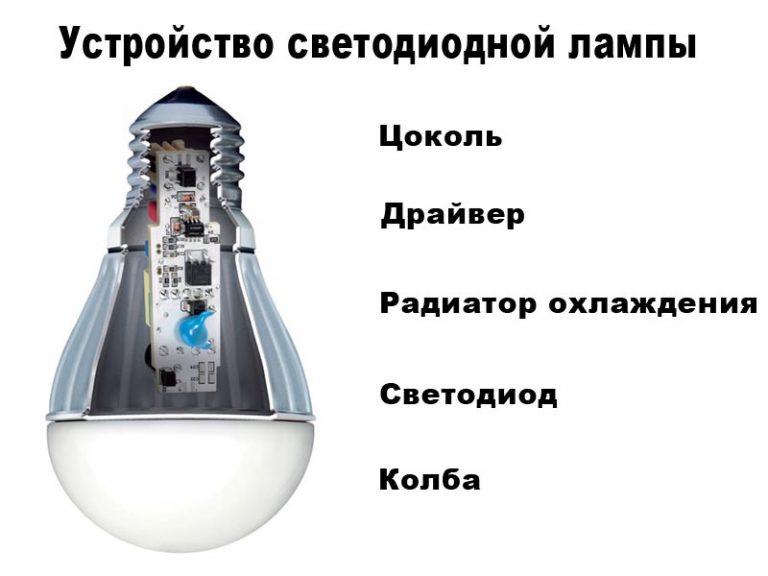
When the light is turned on, current flows from the base to the voltage converter. After which it goes to the LEDs. The load will depend on one factor - the complexity of the circuit. It may be more complicated than we described above.
In simpler and less expensive models, instead of a driver, a power supply is installed in the base itself. It consists of the following elements: a quenching capacitor and a diode bridge, which is equipped with a capacitive filter. Unfortunately, they cannot contain or interfere with the adverse external influences of the network, so such products begin to flicker much more often. Moreover, this can occur even when the light is turned off. Let's look at the main reasons for this phenomenon.
Reasons for LED light bulb flickering
Let's consider both options separately, i.e. when the light is on and when it is off.
With the lights off
The first reason is a wiring problem. It may not be connected correctly. Checking it should be the first step to solving the problem. Perhaps the appearance of potential occurs for the following reason - another power wire is laid in parallel.
The second reason is the backlit switch. This may cause short-term outbreaks. But why might they occur? This is explained as follows: a current passes through the indicator, which is quite enough to glow.Having reached the required capacity, the capacitor seems to be trying to light the lamp, but its charge is only enough to produce one or several flashes.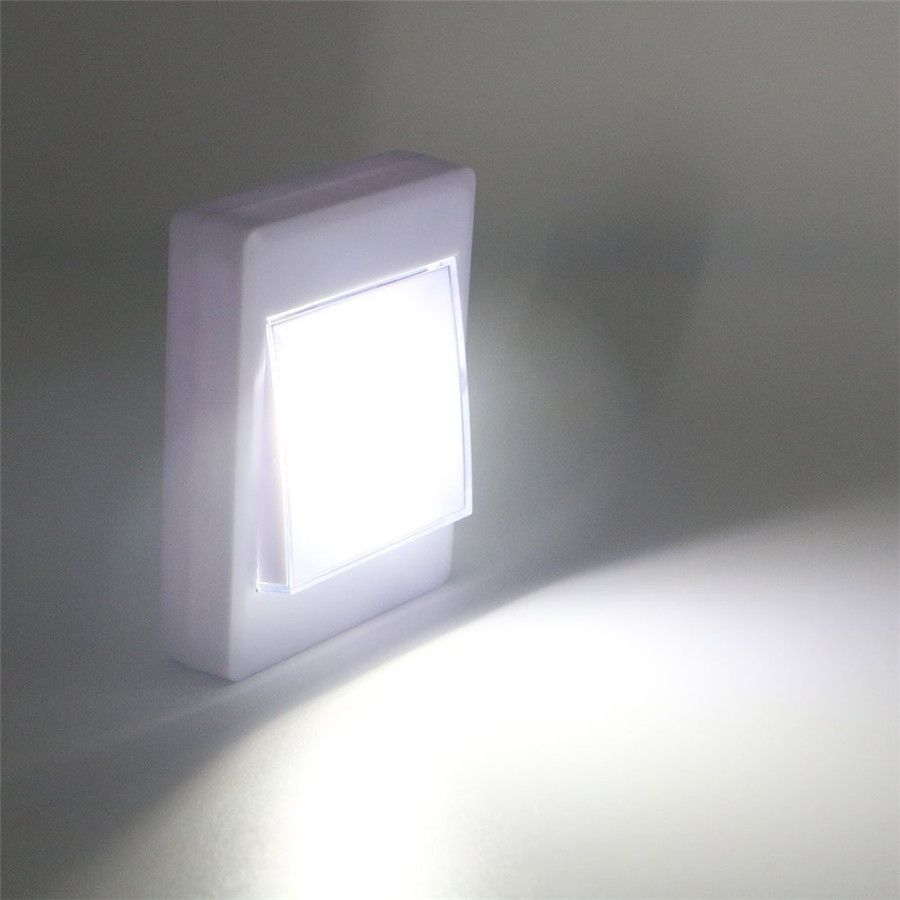
It is worth noting that such a glow will occur cyclically, since the capacitor will constantly gain a certain amount of current. An ordinary resistor, which just needs to be connected in parallel with the lamp, can eliminate this problem. For maximum convenience, it is located on the outside of the switch. It is best to install a metal film capacitor, as it has a number of advantages:
- compensates for network interference;
- does not heat up, even if the light is on for a long time;
- does not consume active power.
The third reason is that low-quality light bulbs may blink. Not every person can afford to purchase an expensive LED lamp. Most often, citizens of our country and other CIS countries purchase products made in China.
Unfortunately, most of the lamps produced in this country are of low quality, and some are downright bad. So it turns out that for them flickering is a completely normal phenomenon.
Their power supply contains a capacitor with a capacity of 4.7 μF. It is charged through a diode bridge. Subsequently, it begins to provoke blinking. Fixing the problem is quite simple - replace the light source with a higher quality model, the circuit of which has a built-in driver. As a result, there will be no more flickering.
Why does the light blink when it's on?
Now let's look at why it flickers when the light is on. The reason may be that the mains voltage is too low. This reason is the most common.Many citizens of our country have come to terms with the fact that the voltage in sockets does not exceed more than 200 volts. In such a situation, there is no need to talk about stable operation of the light bulb. To prevent them from flickering, it is worth purchasing those that have an operating range of 180–250 V.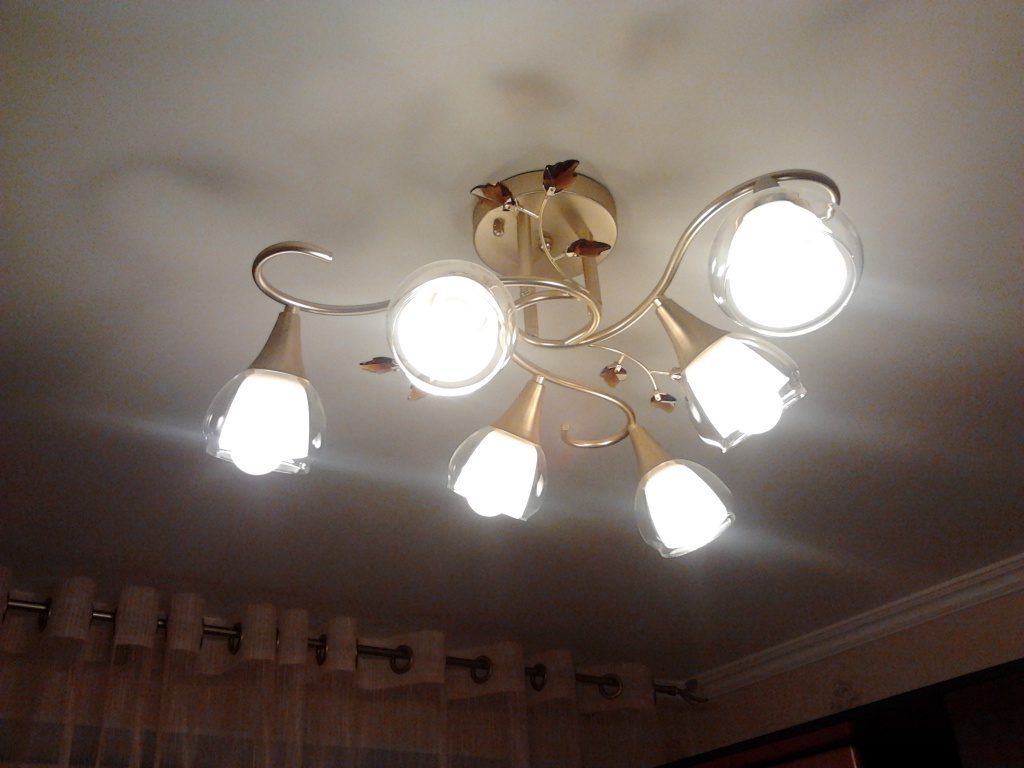
However, unstable voltage in the network negatively affects not only LED lamps, but also other devices that consume energy. If energy companies cannot eliminate this problem, that is, stabilize the voltage, then it is best to install a stabilizer with a power of several kW. It is able to normalize tension in the house. This “helper” guarantees a long service life and also eliminates unpleasant flickering.
Separately, it is worth mentioning lamps whose voltage is 12 volts. That is, those that are connected from a step-down voltage source. They flicker because there is not enough power from the power supply.. Because of this, a voltage drop occurs at the load. This situation may arise due to the fact that instead of halogen bulbs, LED spotlights are installed, which are located in parallel.
The second reason is again low quality lamps. Returning to Chinese-made light bulbs, it is worth noting that they have a power supply that cannot smooth out the rectified voltage in the network. Large pulsations negatively affect vision if they affect the eyes for a long time (for example, in winter, when daylight hours are short). The problem, as mentioned above, can be resolved by simply replacing it with a product of higher quality.


